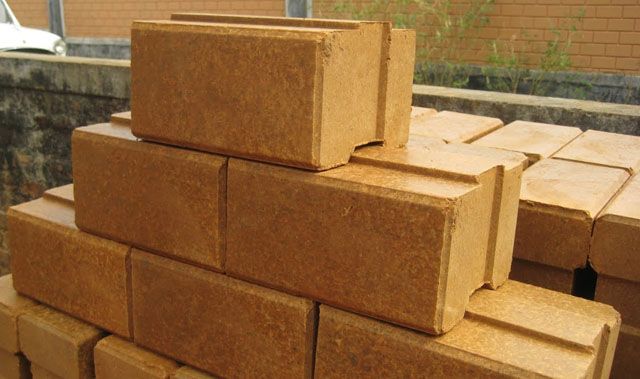Core Cutter Method & Sand Replacement Method
Core Cutter Method & Sand Replacement Method
What Is Core Cutter Method?
The core cutter method is a test for determining the dry density of soil in-situ. It is only utilized in fine-grained cohesive soils that are free of stones. The test necessitates the use of cylindrical core cutters of approximately 130 mm in length and 100 mm in diameter. Using this method, the bulk density of soil can be easily estimated.
The core cutter method of estimating dry density includes pounding or jacking a steel cylinder (with known mass and volume) into the soil and determining the mass of the soil.
Sand Replacement Method
The sand replacement method is a method that is used to determine in-place density.. A sand-pouring cylinder, cylindrical calibrating container, tray with a central circular hole, and a chisel are used in the sand replacement method of determining in situ density.
Direct Shear Test
A direct shear test is used to assess the shear strength of a soil by forcing it to shear along an induced horizontal plane of weakness at a constant pace.
💥🎁 Christmas & Year-End Deals On Amazon !
Don't miss out on the best discounts and top-rated products available right now!
🛒 Shop Now and Save Big Today!*As an Amazon Associate, I earn from qualifying purchases.
The Direct Shear Test is a geotechnical engineering practice and research process used to assess the shear strength of soil materials. The maximum resistance that a material can withstand when sheared is defined as shear strength.
In general, the Direct Shear Test is one of the most popular and straightforward tests for determining soil strength, and it can be done on undisturbed or remoulded samples.
The Mohr-Coulomb (M-C) Failure Criterion is used in soil mechanics to determine shear strength. The M-C Criterion proposes that shear strength is affected by three factors:
- The average effective stress
- The material’s friction angle
- The material’s cohesiveness
